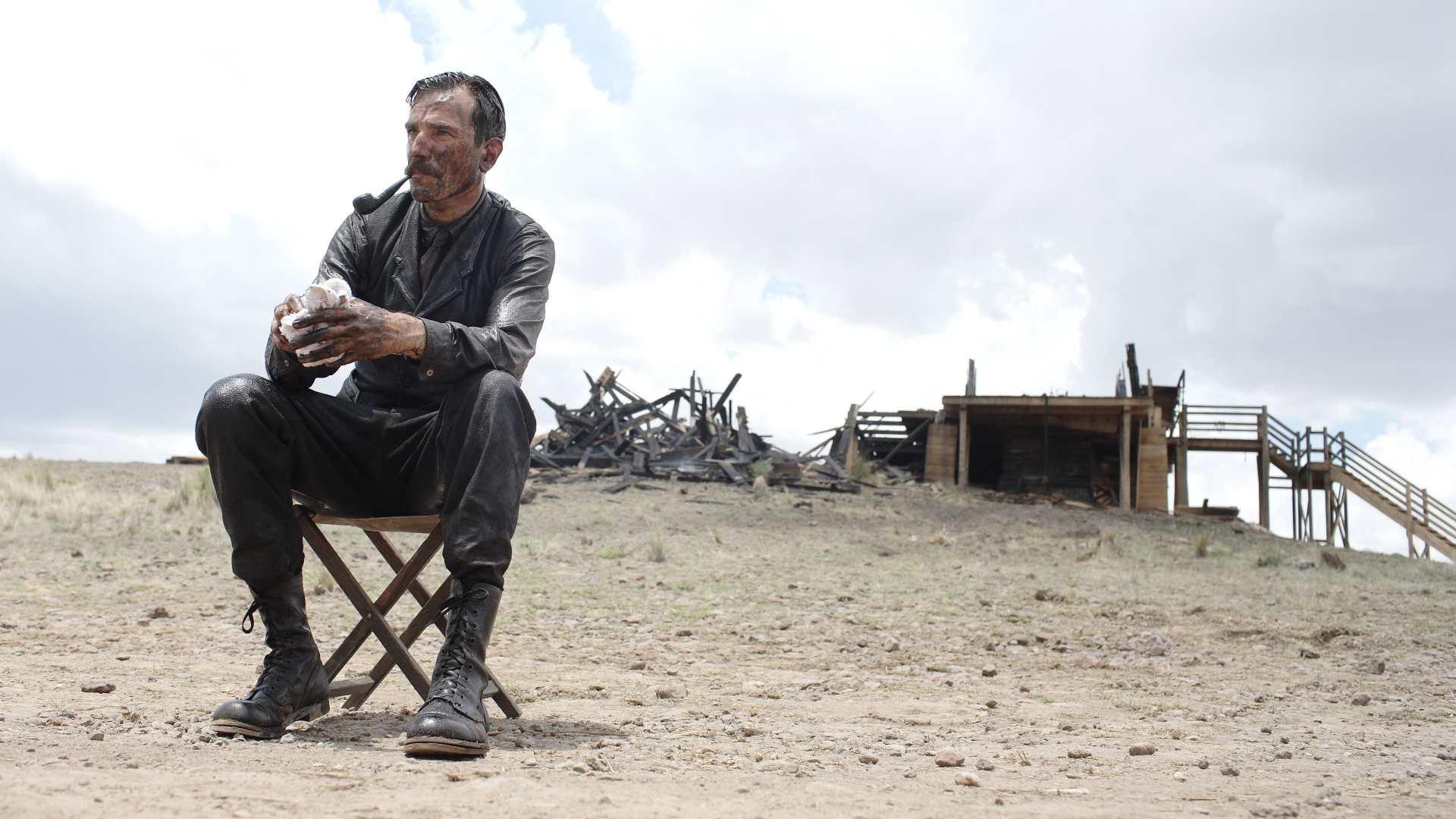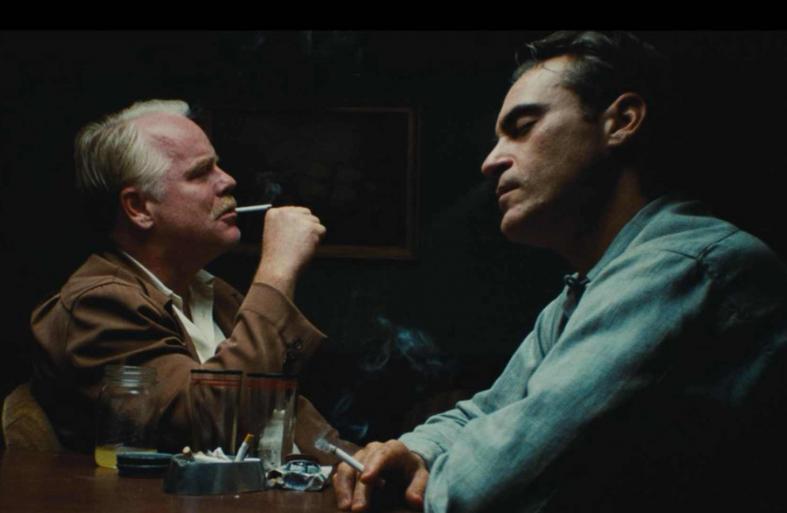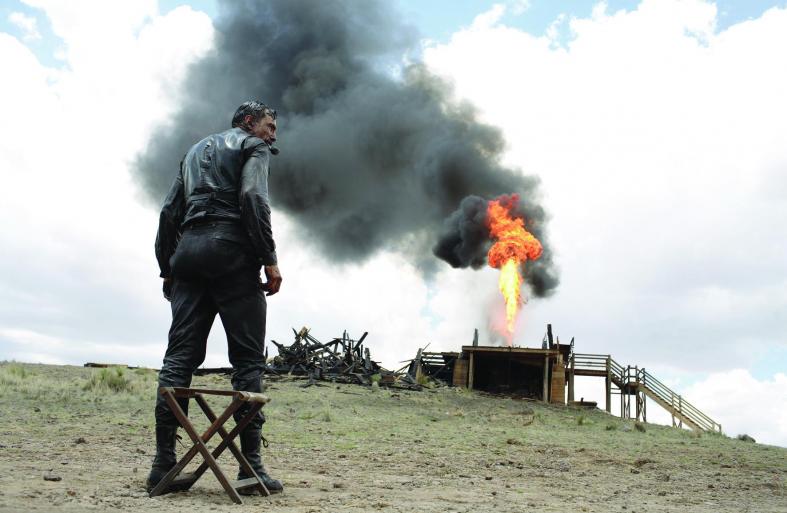To celebrate the release of One Battle After Another, Paul Thomas Anderson’s latest film and one of 2025’s standout cinematic events, we’re proud to present a retrospective of his work—films that have cemented his status as one of the most original and influential voices in American cinema over the past thirty years.
Anderson first broke through in the 1990s, part of a wave of independent filmmakers—alongside Soderbergh, Tarantino, Fincher, Russell, Jonze, Singer, and others—who brought smart, confident, and often ironic storytelling to a creatively fertile Hollywood. Even among this remarkable group, Anderson quickly stood out. Each of his films is a cinematic occasion—visually bold, emotionally complex, and unmistakably his.
Much of his reputation comes from his command of the medium: dynamic camerawork, precise pacing, a poetic use of landscape to reflect inner lives, sharp, eclectic soundtracks, and a recurring return to the San Fernando Valley—his personal and creative home base.
At the heart of Anderson’s films is a deep exploration of masculinity and family. From his debut Hard Eight onward, he has focused on men driven by ambition—often so intensely that they become blind to the people around them. In Anderson’s world, to be a man is to wrestle with the cost of vision, success, and power—forces that can inspire, isolate, or destroy.
This thread runs through much of his work: in Hard Eight, the aging gambler Sydney tries to build a surrogate family; Boogie Nights explores father-son dynamics in the adult film world; Magnolia presents a chorus of broken men, most memorably the toxic self-help guru T.J. Mackey and his dying father. In Punch-Drunk Love, Barry Egan is a tightly wound salesman battling rage and loneliness, while There Will Be Blood follows Daniel Plainview, a man consumed by ambition and the damage it causes.
The Master centers on the magnetic, destructive relationship between a cult leader and a traumatized veteran. Inherent Vice—his loosest, most chaotic film—follows a stoner detective and his uptight foil. Phantom Thread marked a shift, with a woman taking the narrative lead, subtly fighting for space in the world of a controlling fashion designer. That thread continues in Licorice Pizza, a nostalgic love story between two oddballs in 1970s Los Angeles.
You could see Anderson’s films as portraits of the artist himself—preoccupied with creation, control, obsession, and vulnerability. His new film, One Battle After Another, continues to explore these ideas in the context of today’s world—and invites the same layered interpretations as his earlier work.
But more than anything, Anderson has spent three decades making cinema that’s intelligent, elegant, and emotionally alive. His films offer complex characters, carefully crafted stories, and a reminder—especially in this age of superheroes and endless reboots—that cinema remains a vital, relevant art form. One that still has the power to move us, challenge us, and stay with us long after the lights come up.









